42 eukaryotic cell diagram with labels
Introduction to eukaryotic cells. By definition, eukaryotic cells are cells that contain a membrane-bound nucleus, a structural feature that is not present in bacterial or archaeal cells. In addition to the nucleus, eukaryotic cells are characterized by numerous membrane-bound organelles such as the endoplasmic reticulum, Golgi apparatus, chloroplasts, mitochondria, and others. Nov 23, 2021 · Eukaryotic Cell Structure And Function Eukaryotic Cell Cell Membrane Transport Cell Parts. This Crash Course Video Is A Great Resource To Learn All About The Plant Cell And Its Organelles Cell Diagram Plant Cell Diagram Plant Cell. 2 3 Eukaryotic Cells Bioninja Plant Cell Diagram Cell Diagram Animal Cell.
Help yourself to learn the differences of the anatomy between animal and plant cell using these free and printable labeled cell diagrams!These 101 Diagramss are designed to guide you in studying the cell structure of plant and animals. Animal cells are generally smaller than plant cells and come in various sizes and tend to have irregular shapes, plant cells are more similar in size and are ...

Eukaryotic cell diagram with labels
A eukaryote cell is the one which has an organised nucleus and several membrane covered cell organelles. Except monera, the cells of all other kingdoms have eukaryotic organisation. Cell wall is present in cells of plants, fungi and some protists. It is absent in animal cells and some protists. Wall less cells are generally irregular. Eukaryotic cells also have organelles, which are membrane-bound structures found within the cell. If you looked at eukaryotic cells under a microscope, you'd see distinct structures of all shapes and sizes. Prokaryotic cells, on the other hand, would look more uniform because they don't have those membrane-bound structures to break up the cell. The quiz above includes the following features of a typical eukaryotic cell : centrioles, the cytoplasm, the rough and smooth endoplasmic reticulums, the golgi complex, lysosomes, microfilaments, mitochondria, the nucleolus, the nucleus, the nuclear membrane, pinocytotic vesicles, the plasma membrane, ribosomes and vacuoles. Take your knowledge ...
Eukaryotic cell diagram with labels. The features of eukaryotic cells are as follows: Eukaryotic cells have the nucleus enclosed within the nuclear membrane. The cell has mitochondria. Flagella and cilia are the locomotory organs in a eukaryotic cell. A cell wall is the outermost layer of the eukaryotic cells. The cells divide by a process called mitosis. The diagram below represents a cell and some molecules in its environment (diagram attached) Which molecule would require the use of energy to be brought into the cell? 4 (circle) Explanation: Substances move passively (without energy) from a high concentration to a low concentration across a semi-permeable membrane. This process is called ... Eukaryotic Cell Diagram With Labels. Wide collections of all kinds of labels pictures online. Make your work easier by using a label. Happy Labeling! Labels are a means of identifying a product or container through a piece of fabric, paper, metal or plastic film onto which information about them is printed. The information can be in the form of ... Nov 14, 2021 · Eukaryotic Cell Structure Animal Cell Plant And Animal Cells Eukaryotic Cell. Royalty Free Stock Photos A Typical Cell Labeled Cell Diagram Animal Cell Cells Worksheet. This Schematic Diagram Shows A Generic Animal Cell And The Organelles Including The Nucleus En Animal Cells Worksheet Human Cell Diagram Human Cell Structure.
and eukaryotic cells 1. Create a Venn diagram or concept map that clearly distinguishes bacterial, archaeal, and eukaryotic cells in terms of their genome organization, organelles, cell envelopes, ribosome size and component molecules, and cytoskeleton. 2. Determine the type of microbe when given a description of a newly discovered microbe. 56 Cytosol/Cytoplasm. the gel-like substance that fills the cell and suspends the organelles. also contains many enzymes and is the site of many biochemical reactions. Cell/Plasma Membrane. a lipid bilayer made of lipids, proteins, and carbs that is semi-permeable and determines what can enter and exit the cell; also involved in cell signaling and ... Start studying Eukaryotic Cell Labeled. Learn vocabulary, terms, and more with flashcards, games, and other study tools. The quiz above includes the following features of a typical eukaryotic cell : centrioles, the cytoplasm, the rough and smooth endoplasmic reticulums, the golgi complex, lysosomes, microfilaments, mitochondria, the nucleolus, the nucleus, the nuclear membrane, pinocytotic vesicles, the plasma membrane, ribosomes and vacuoles. Take your knowledge ...
Eukaryotic cells also have organelles, which are membrane-bound structures found within the cell. If you looked at eukaryotic cells under a microscope, you'd see distinct structures of all shapes and sizes. Prokaryotic cells, on the other hand, would look more uniform because they don't have those membrane-bound structures to break up the cell. A eukaryote cell is the one which has an organised nucleus and several membrane covered cell organelles. Except monera, the cells of all other kingdoms have eukaryotic organisation. Cell wall is present in cells of plants, fungi and some protists. It is absent in animal cells and some protists. Wall less cells are generally irregular.
Prokaryote Vs Eukaryote. Illustration of Eukaryotic and Prokaryotic Cell with Text Stock Vector - Illustration of anatomy, microbiology: 171491087
Labeled Eukaryotic Cell, Nucleus and Organelles and Plasma Membrane Stock Illustration - Illustration of material, eukaryotic: 173524888




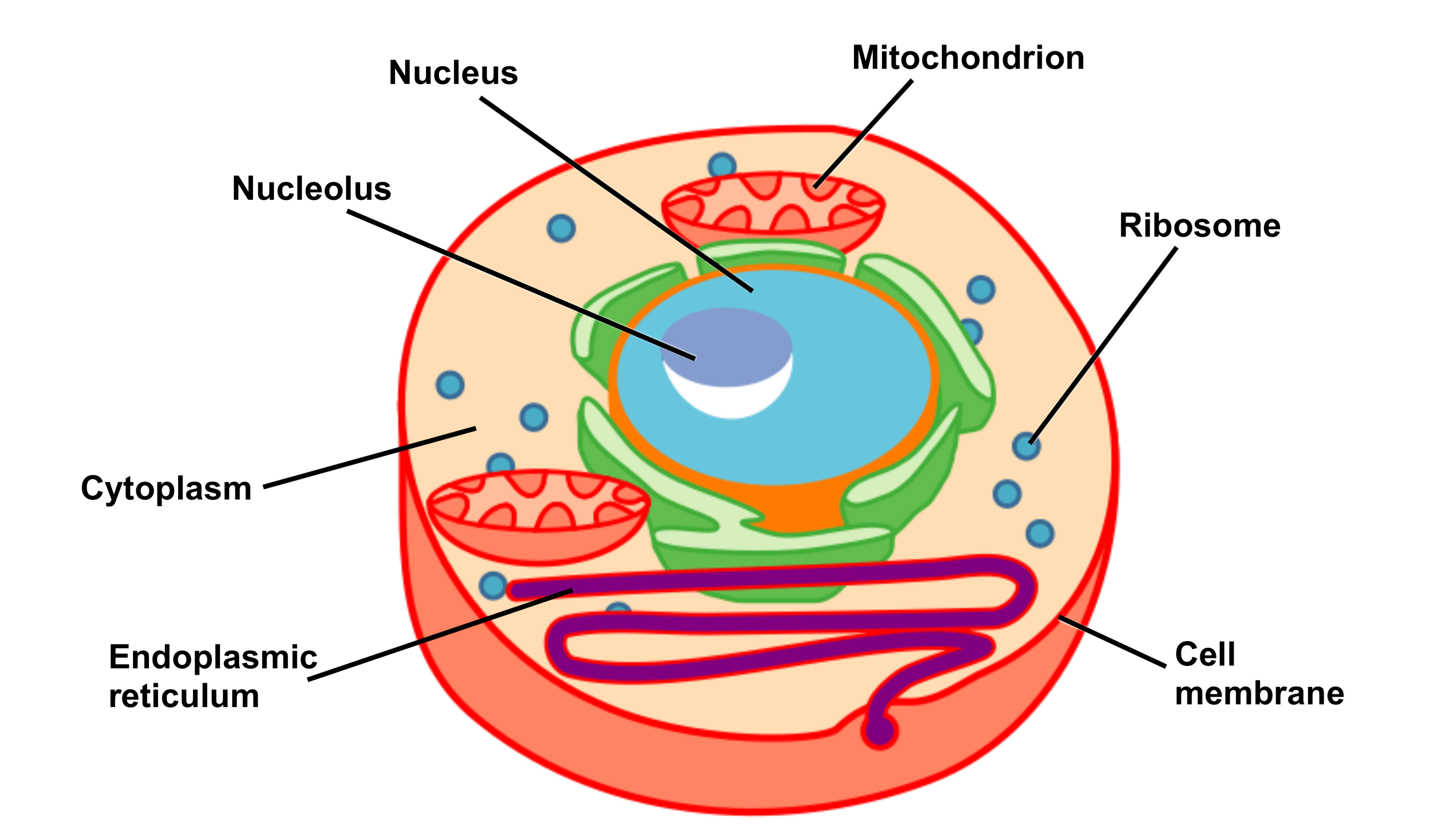






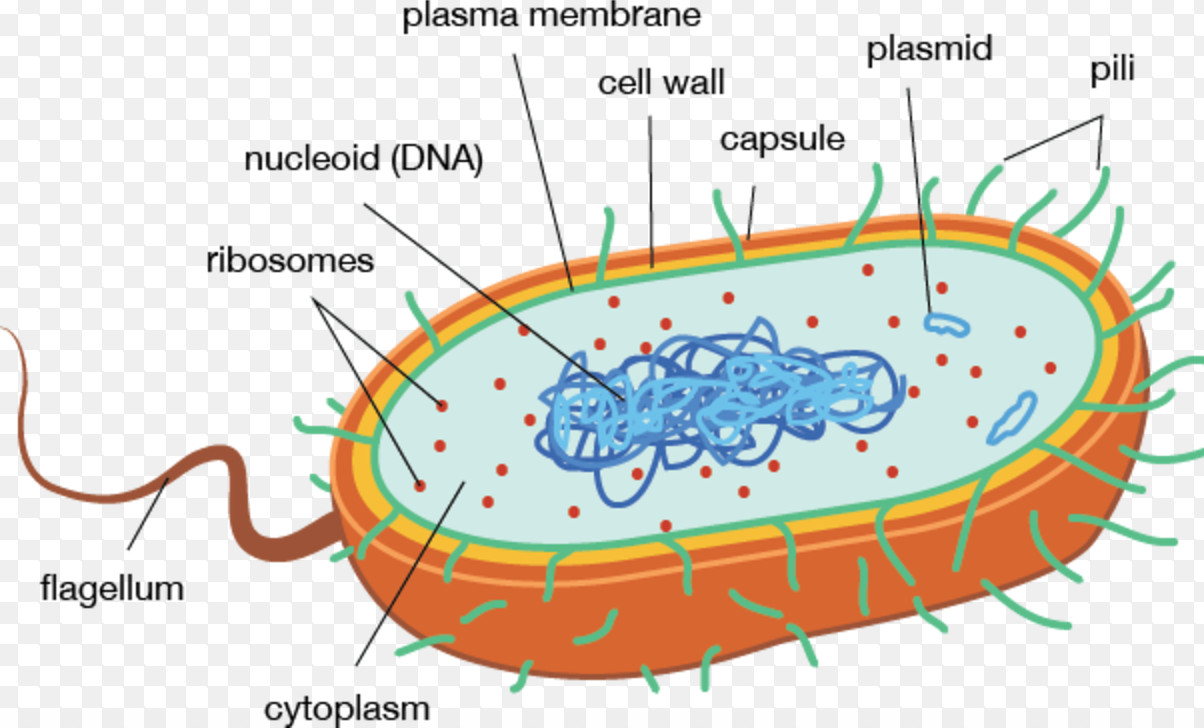
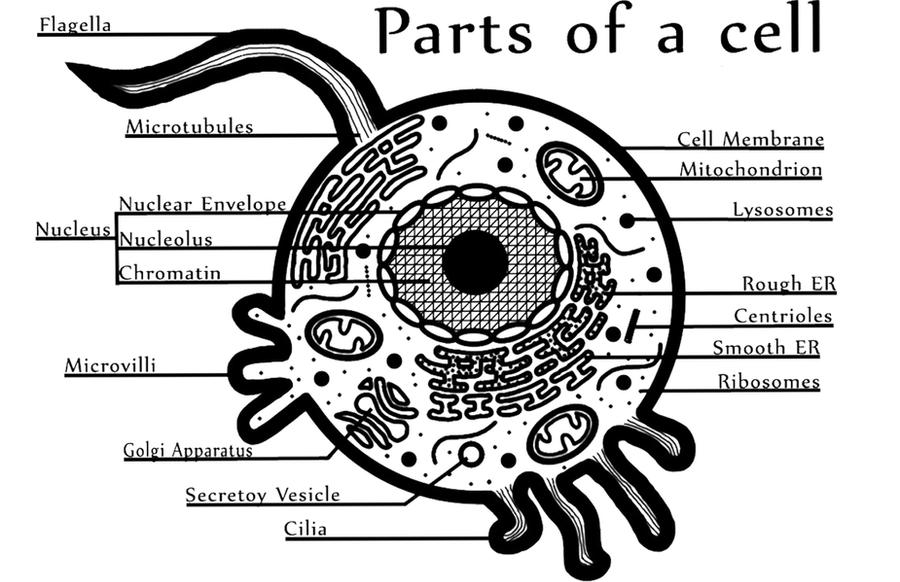

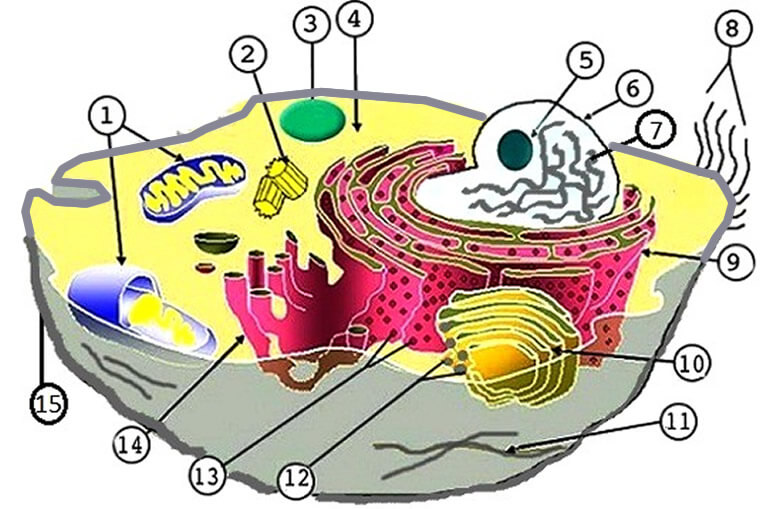




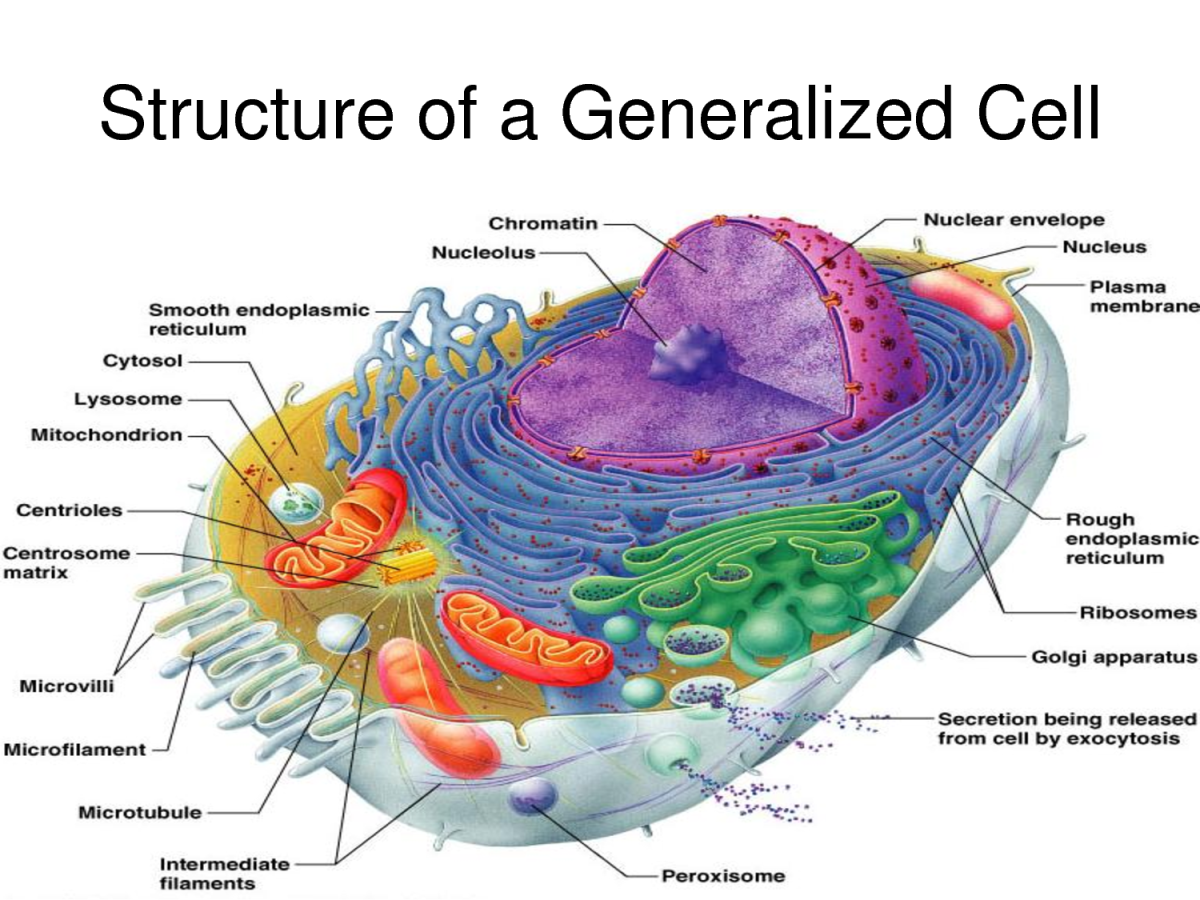



Comments
Post a Comment